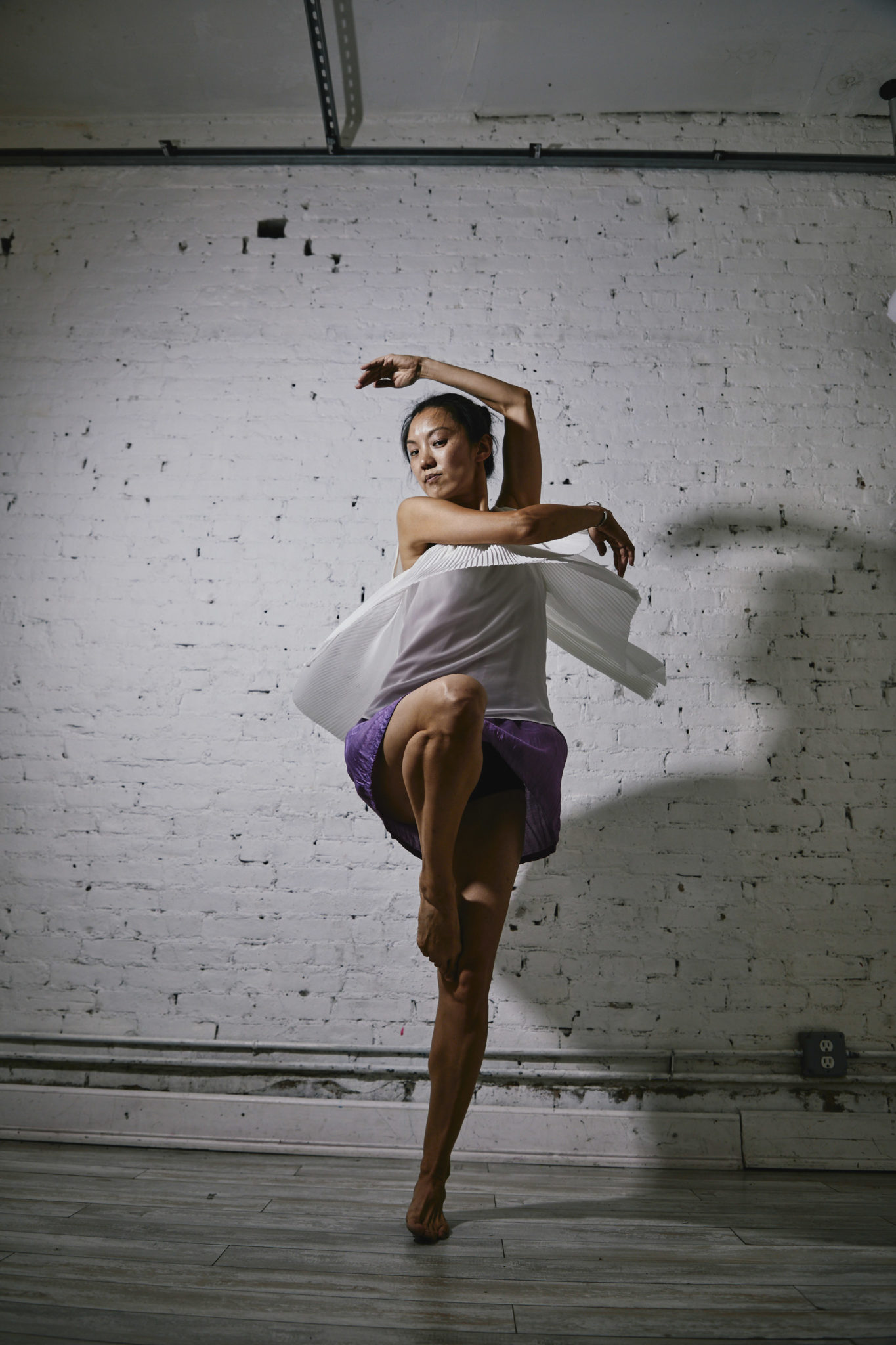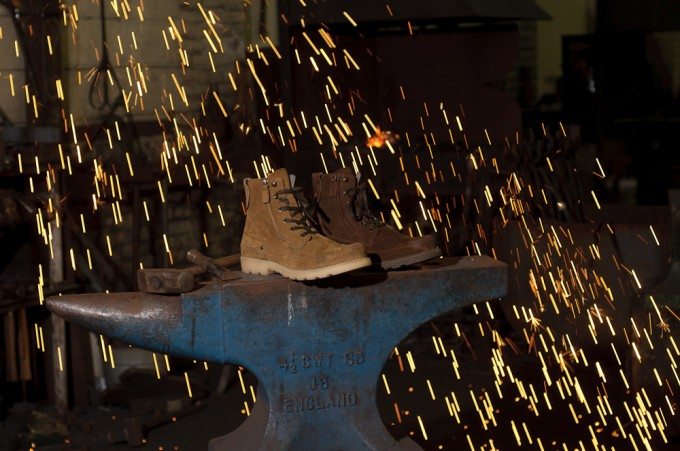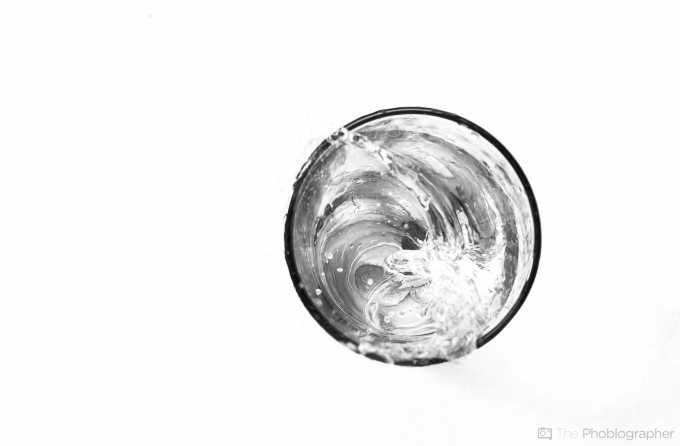Last Updated on 08/14/2019 by Mark Beckenbach
If you want to stop fast-moving subjects, the effects that a flash provides can help.
While newer photographers will always try to stop a fast-moving subject by cranking up their ISO setting and increasing the shutter speed, it isn’t always the most effective method. In fact, it can cause a more problems for you in post-processing where you’ll enjoy creating awful photos. One of flash’s biggest benefits is what it can do for photographers, not only for providing light on a subject but also for extra benefits like stopping motion. However, not all flashes are created equal in that capacity.
How Flash Works
When a flash is fired, it pops off a light at a subject. The effects of this flash are dictated by the aperture and the ISO on your camera. Smaller flashes that connect to your hot shoe are less powerful. They’re good for a little bit of a pop or fill. Perhaps this is why photographers often need a whole bunch of them to light a subject. While using a lot of them lets you pinpoint where the light will go, it’s not always cost effective.
Your flash can also stop fast-moving subjects in a scene. In some ways, it can act almost like a second shutter speed setting. The bigger your flash is the more power it can deliver. With that power comes what’s called flash duration.
It’s Called Flash Duration, and It’s Everything
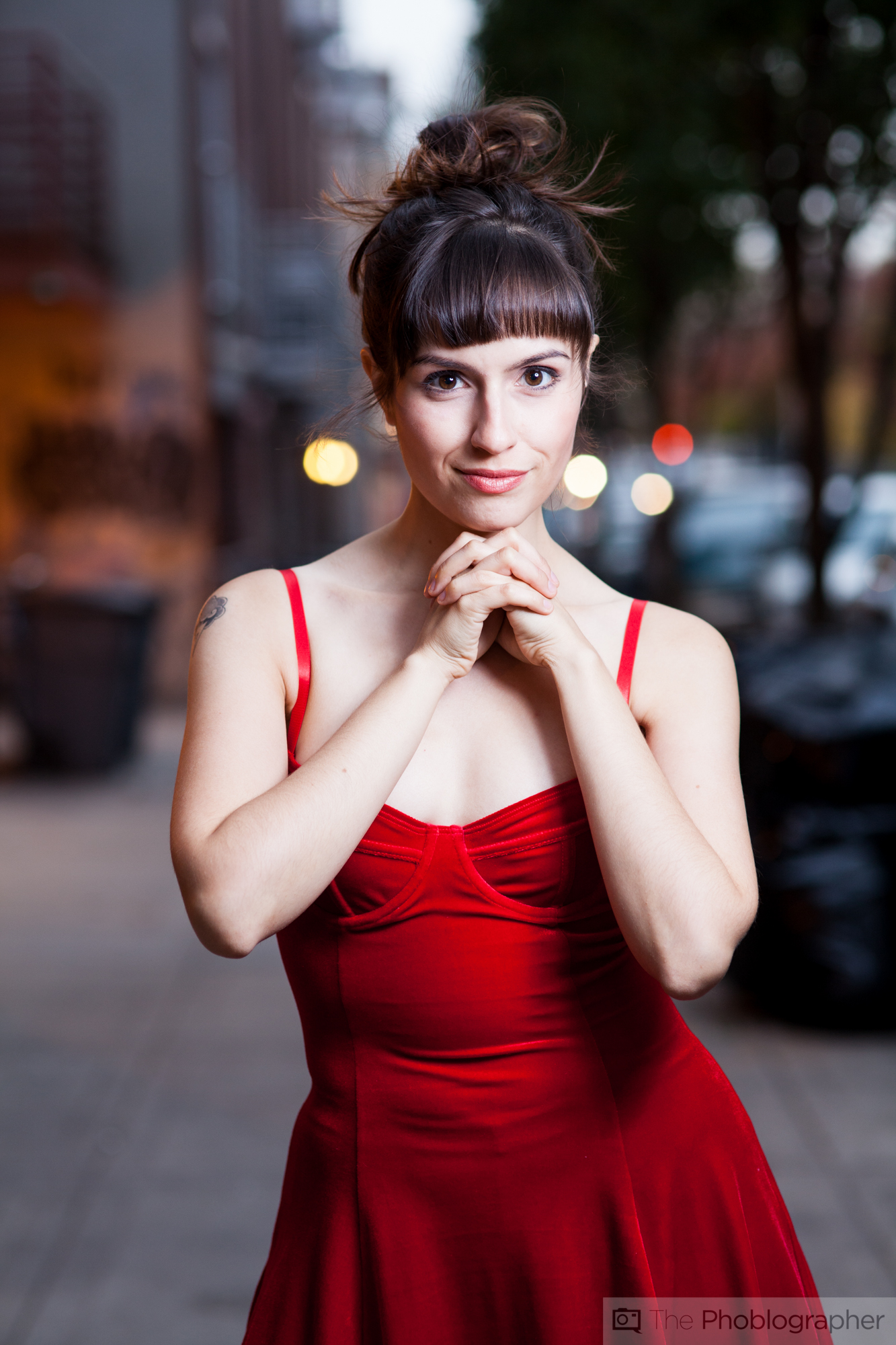
Flash duration on a flash or strobe lets you not only stop fast subjects in motion but it can do things like overpowering the effects of ambient lighting in a scene. This is how it can act as a second shutter speed. With that said, this second shutter speed of sorts can stop fast moving motion. Some flashes have a flash duration of 1/80th while strobes can have somewhere of 1/80,000. If you were trying to capture a sprinter running, which speed would you go for?
What Does That Look Like?
So here is what that looks like in practice.
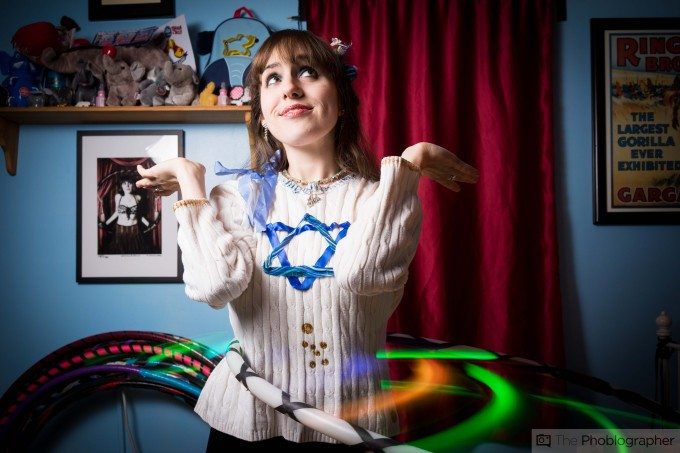
A fast flash duration is what stopped the otherwise fast moving motion. But second curtain flash captured the trail.
A fast flash duration in the image above helped me capture the split second moment that you see above.


